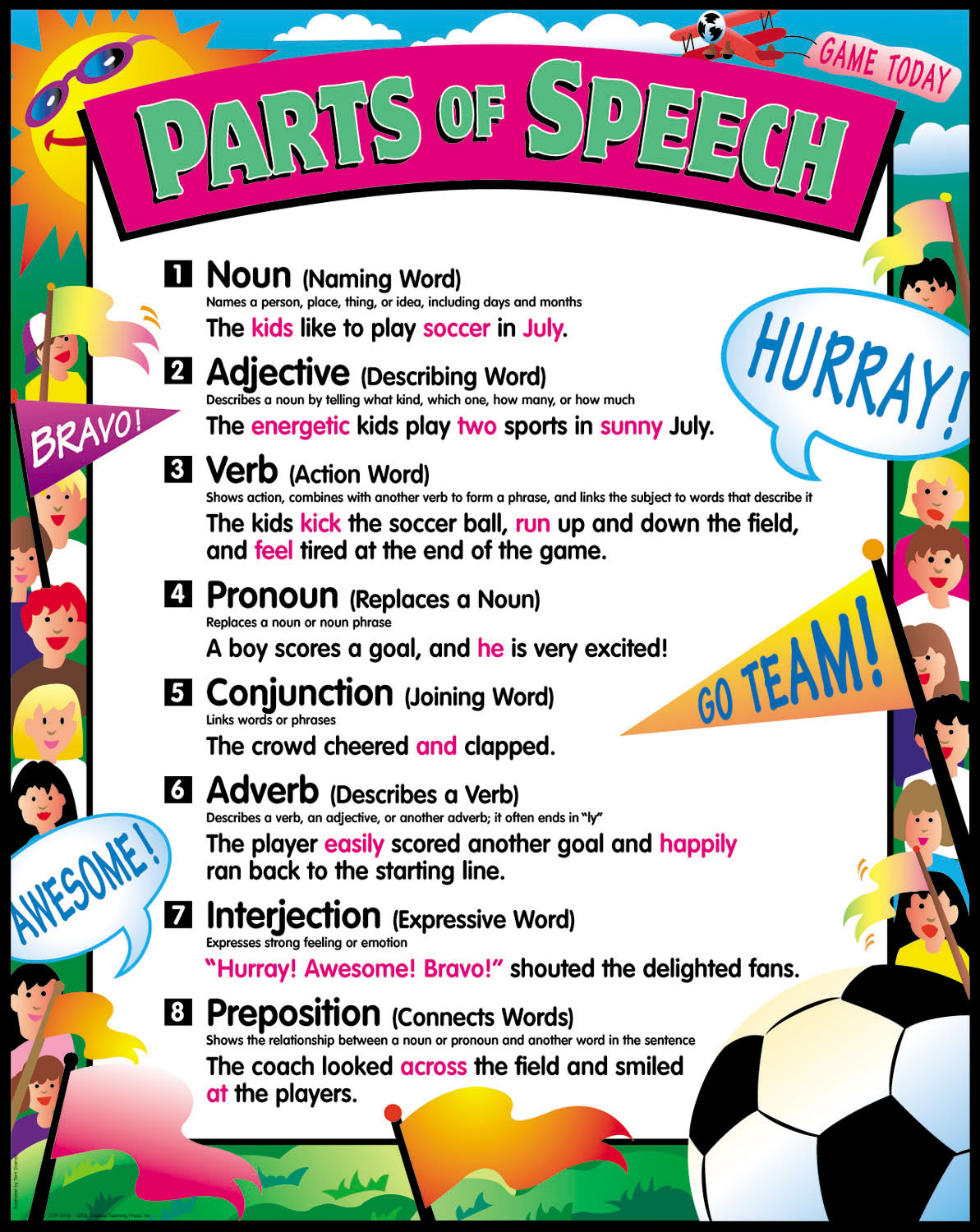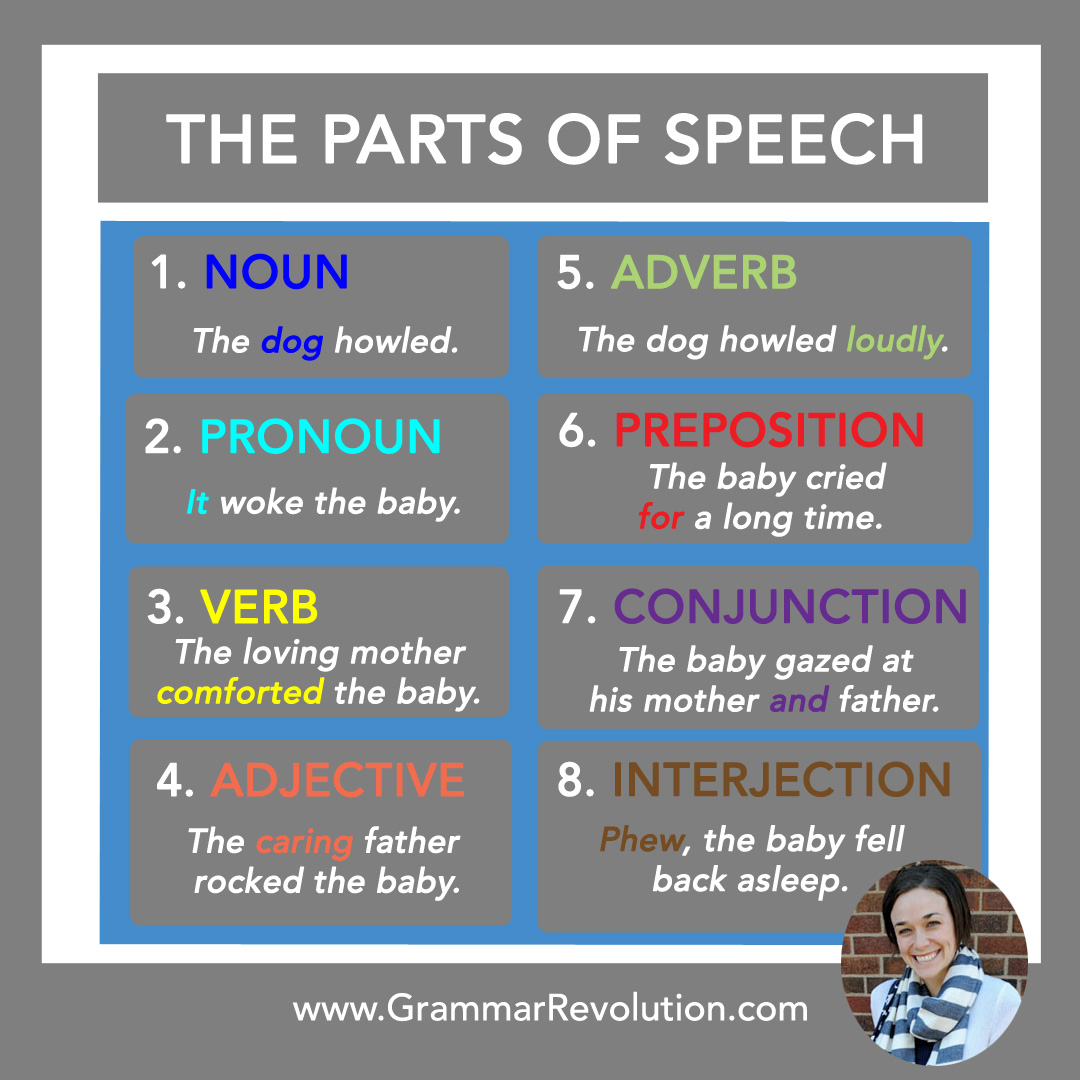

You, your, yours /they, them, their, theirs This can be taught one step at a time, over the years.

When you first teach pronouns, you will mostly be dealing with personal pronouns, but the table below, shows the extent of pronouns. There are five classes of pronouns as you see in the chart below. Some examples are: I, you, he, she, which, that, themselves, whoever, me, he, they, ours. A pronoun can be defined as: "Pronouns take the place of nouns.” Any word, which is a substitute for a noun, is a pronoun. This has been very helpful in our family and it has been an effortless way to learn definitions. Say, dance, sing it often so your children don't have to think what a verb is- but they just repeat the jingle.ĭo you need some catchy jingles? I have used Grammar Songs for years now and they have some great tunes to learn the parts of speech. The verb can be defined as : "A Verb is a word that expresses action or state of being." Again, put a beat to it and play around with it. Then I move on to the verb (the action) and having just a noun and a verb, we can build a heap of sentences. Think of your own definition or use this one: "A noun is a word that names something A person, place, thing or idea." Now, put it to a catchy jingle or rythm and dance around to it. I teach a basic definition of a noun- and we chant it over and over, through the weeks, so it is just drummed in. When I teach the parts of speech, I begin with the most concrete of them- namely, the noun. The next few examples show how a word's part of speech can change from one sentence to the next, and following them is a series of sections on the individual parts of speech, followed by an exercise. In fact, the same word can be a noun in one sentence and a verb or adjective in the next.

Traditional grammar classifies words based on eight parts of speech: the verb, the noun, the pronoun, the adjective, the adverb, the preposition, the conjunction, and the interjection.Įach part of speech explains not what the word is, but how the word is used.


 0 kommentar(er)
0 kommentar(er)
